[Apollo 8] The first photograph taken by humans from another world: Crater Langrenus following lunar orbit insertion. Frank Borman, 21–27 December 1968. Printed 1968. Vintage chromogenic print on fiber-based Kodak paper [NASA image AS8–16-2615]. 20.3×25.4 cm (8×10 in), with “A Kodak Paper” watermarks on the verso (NASA Flight Research Center, Edwards, California). Literature: National Geographic, May 1969, pg. 618; Newsweek, 2 June 1969, cover; Time, 10 January 1969, pg. 43; The View from Space: American Astronaut Photography, 1962–1972, Schick and Van Haaften, pg. 97; Moon: Man’s Greatest Adventure, Thomas, ed., pg. 158; Apollo Expeditions to the Moon, Cortright, ed., chapter 9.5. For three days the Apollo 8 astronauts journeyed outward toward a goal they could not see because the Moon was in darkness due to the configuration of their trajectory. The Moon filled their view once they slipped into orbit around it. This historic first photograph from another world was taken by Mission Commander Frank Borman following the successful lunar insertion burn as humans were orbiting the Moon for the first time in history. The 132-km Crater Langrenus on the lunar nearside is seen from an altitude of 240 km looking southwest. Borman used the 80mm lens and color magazine 16/A. Latitude / longitude: 9° S / 61° E. “We flew to the Moon as pathfinders for future Apollo missions. The first view of the Moon was mesmerizing, as we were aware that no other humans had seen the far side of the Moon directly.” Frank Borman (Jacobs, p. 34) From the mission transcript when the photograph was taken during the first orbit around the Moon: 069:33:52 Lovell: Go ahead, Houston, (This is) Apollo 8. Burn complete. Our orbit (is) 169.1 by 60.5; 169.1 by 60.5 (nautical miles). 069:34:07 Carr (Mission Control): Apollo 8, this is Houston. Roger, 169.1 by 60.5. Good to hear your voice. [...] 069:49:47 Lovell: For information, we’re passing over just to the side of the crater Langrenus at this time, going into the Sea of Fertility. [...] 069:51:04 Carr: Apollo 8, Houston. What does the ole Moon look like from 60 miles? Over. 069:51:16 Lovell: Okay, Houston. The Moon is essentially grey, no color; looks like plaster of Paris or sort of a grayish beach sand. We can see quite a bit of detail. The Sea of Fertility doesn’t stand out as well here as it does back on Earth. There’s not as much contrast between that and the surrounding craters. [Pause.] The craters are all rounded off. There’s quite a few of them, some of them are newer. Many of them look like - especially the round ones - look like hit by meteorites or projectiles of some sort. [Pause.] Langrenus is quite a huge crater; it’s got a central cone to it. [Long pause.] The walls of the crater are terraced, about six or seven different terraces on the way down. Condition Please notice: Additional illustrative material shown in connection with the photograph(s) offered for sale is not included in the lot. Small cracks to bottom right corner, minor surface irregularties, otherwise excellent condition. Preview In Lyngby Auction Space, 15 November 2023 Category Photos ▸ Vintage photographs Selling 15 November at 6:23 pm Estimate 5,000–7,000 DKK
Condition
[Apollo 8] The first photograph taken by humans from another world: Crater Langrenus following lunar orbit insertion. Frank Borman, 21–27 December 1968. Printed 1968. Vintage chromogenic print on fiber-based Kodak paper [NASA image AS8–16-2615]. 20.3×25.4 cm (8×10 in), with “A Kodak Paper” watermarks on the verso (NASA Flight Research Center, Edwards, California). Literature: National Geographic, May 1969, pg. 618; Newsweek, 2 June 1969, cover; Time, 10 January 1969, pg. 43; The View from Space: American Astronaut Photography, 1962–1972, Schick and Van Haaften, pg. 97; Moon: Man’s Greatest Adventure, Thomas, ed., pg. 158; Apollo Expeditions to the Moon, Cortright, ed., chapter 9.5. For three days the Apollo 8 astronauts journeyed outward toward a goal they could not see because the Moon was in darkness due to the configuration of their trajectory. The Moon filled their view once they slipped into orbit around it. This historic first photograph from another world was taken by Mission Commander Frank Borman following the successful lunar insertion burn as humans were orbiting the Moon for the first time in history. The 132-km Crater Langrenus on the lunar nearside is seen from an altitude of 240 km looking southwest. Borman used the 80mm lens and color magazine 16/A. Latitude / longitude: 9° S / 61° E. “We flew to the Moon as pathfinders for future Apollo missions. The first view of the Moon was mesmerizing, as we were aware that no other humans had seen the far side of the Moon directly.” Frank Borman (Jacobs, p. 34) From the mission transcript when the photograph was taken during the first orbit around the Moon: 069:33:52 Lovell: Go ahead, Houston, (This is) Apollo 8. Burn complete. Our orbit (is) 169.1 by 60.5; 169.1 by 60.5 (nautical miles). 069:34:07 Carr (Mission Control): Apollo 8, this is Houston. Roger, 169.1 by 60.5. Good to hear your voice. [...] 069:49:47 Lovell: For information, we’re passing over just to the side of the crater Langrenus at this time, going into the Sea of Fertility. [...] 069:51:04 Carr: Apollo 8, Houston. What does the ole Moon look like from 60 miles? Over. 069:51:16 Lovell: Okay, Houston. The Moon is essentially grey, no color; looks like plaster of Paris or sort of a grayish beach sand. We can see quite a bit of detail. The Sea of Fertility doesn’t stand out as well here as it does back on Earth. There’s not as much contrast between that and the surrounding craters. [Pause.] The craters are all rounded off. There’s quite a few of them, some of them are newer. Many of them look like - especially the round ones - look like hit by meteorites or projectiles of some sort. [Pause.] Langrenus is quite a huge crater; it’s got a central cone to it. [Long pause.] The walls of the crater are terraced, about six or seven different terraces on the way down. Condition Please notice: Additional illustrative material shown in connection with the photograph(s) offered for sale is not included in the lot. Small cracks to bottom right corner, minor surface irregularties, otherwise excellent condition. Preview In Lyngby Auction Space, 15 November 2023 Category Photos ▸ Vintage photographs Selling 15 November at 6:23 pm Estimate 5,000–7,000 DKK
Condition
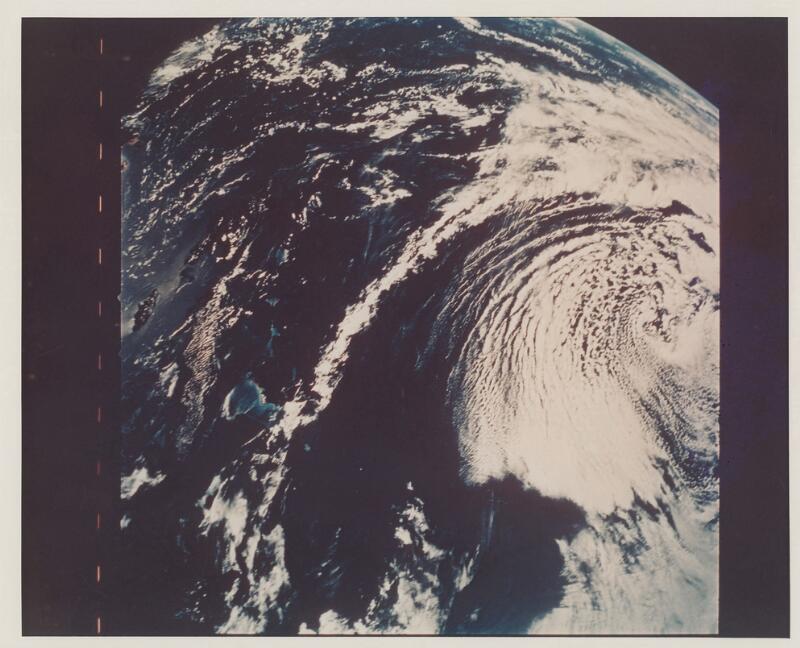
.jpg)
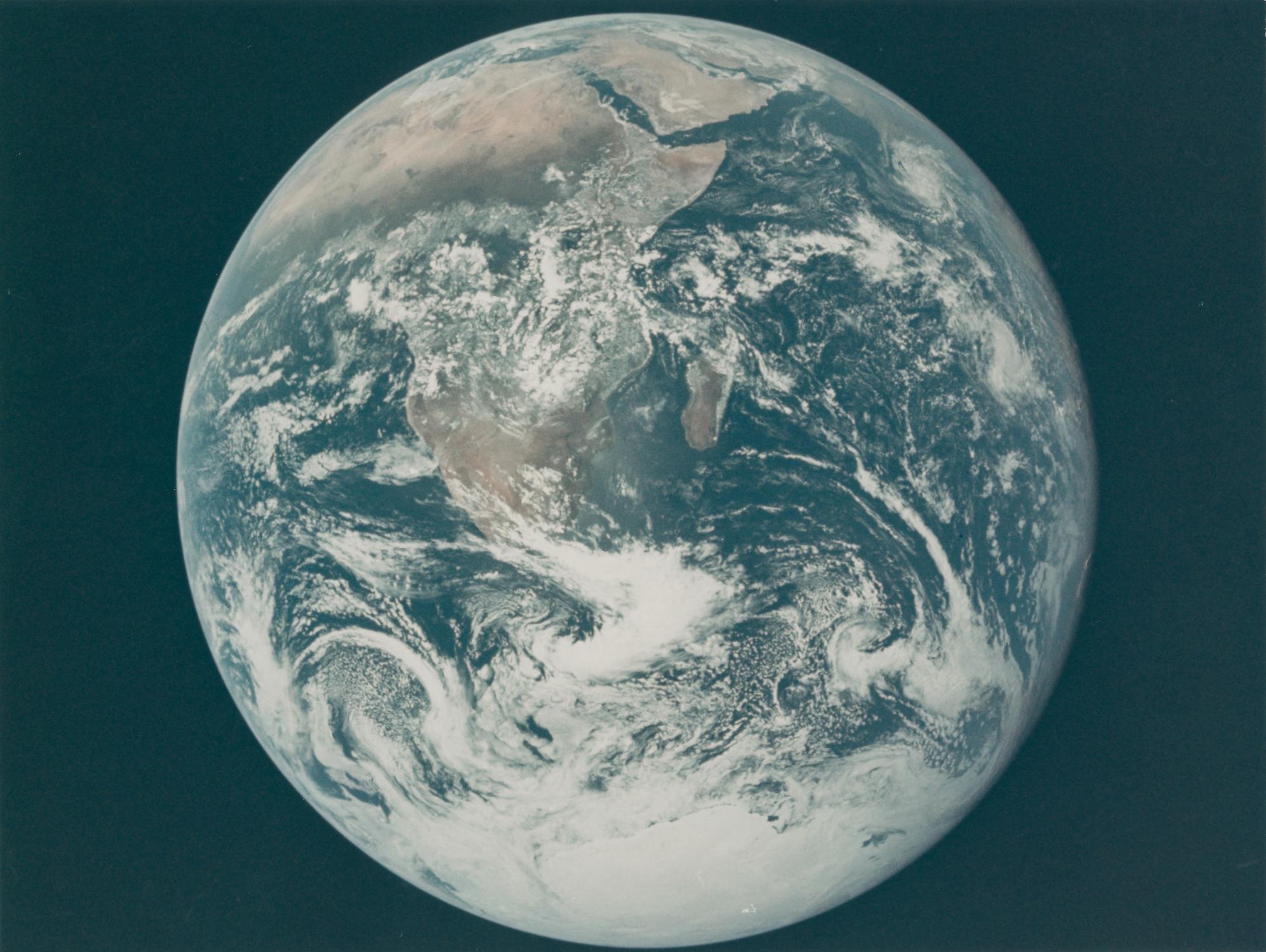
/780/1198780.jpg)
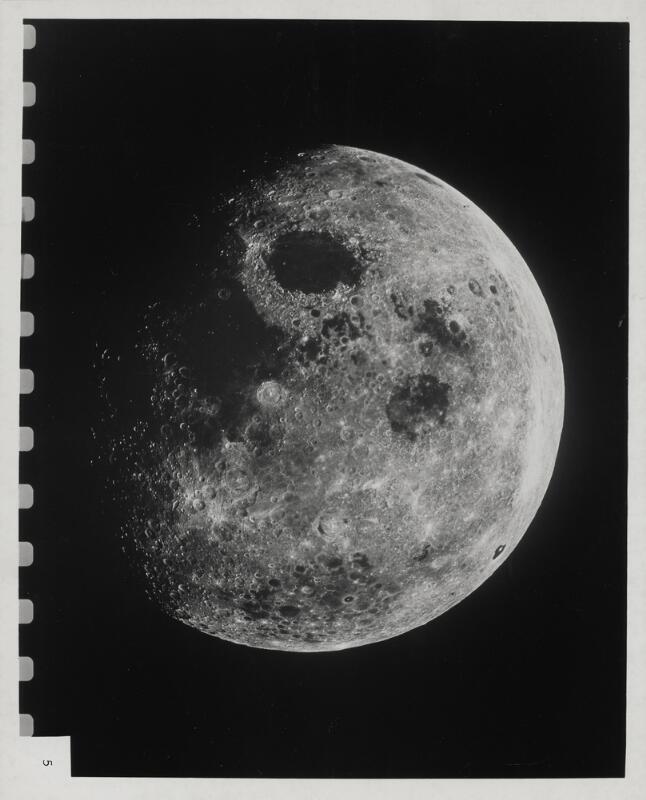
.jpg)

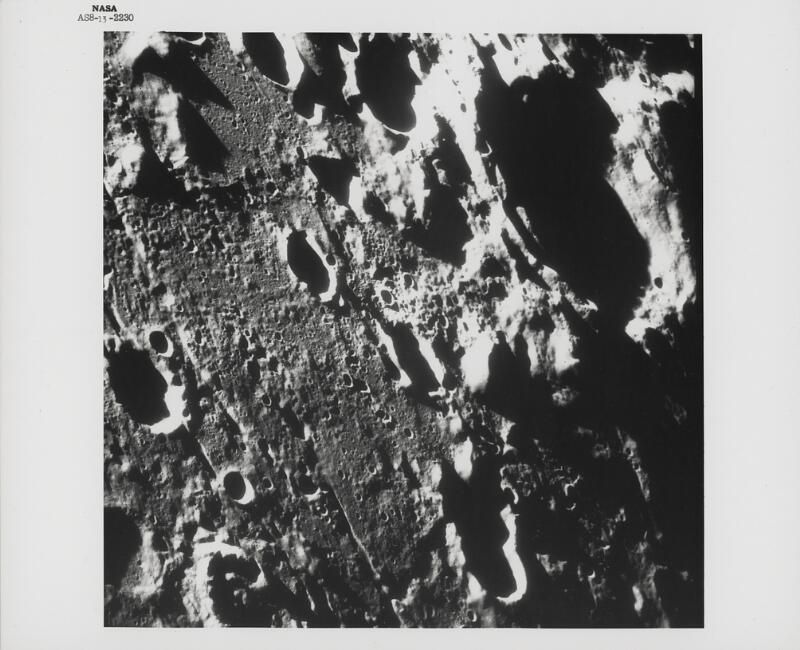
.jpg)
.jpg)


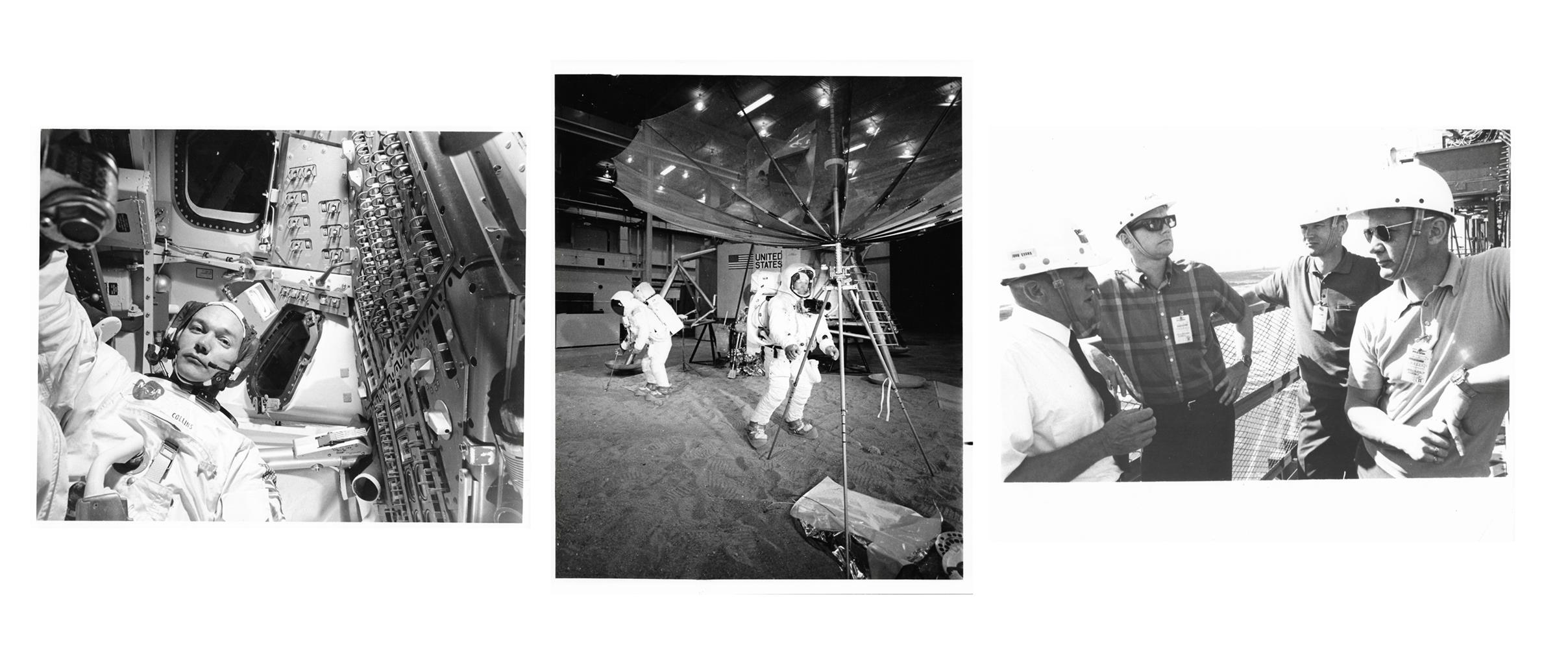

.jpg)
Try LotSearch and its premium features for 7 days - without any costs!
Be notified automatically about new items in upcoming auctions.
Create an alert